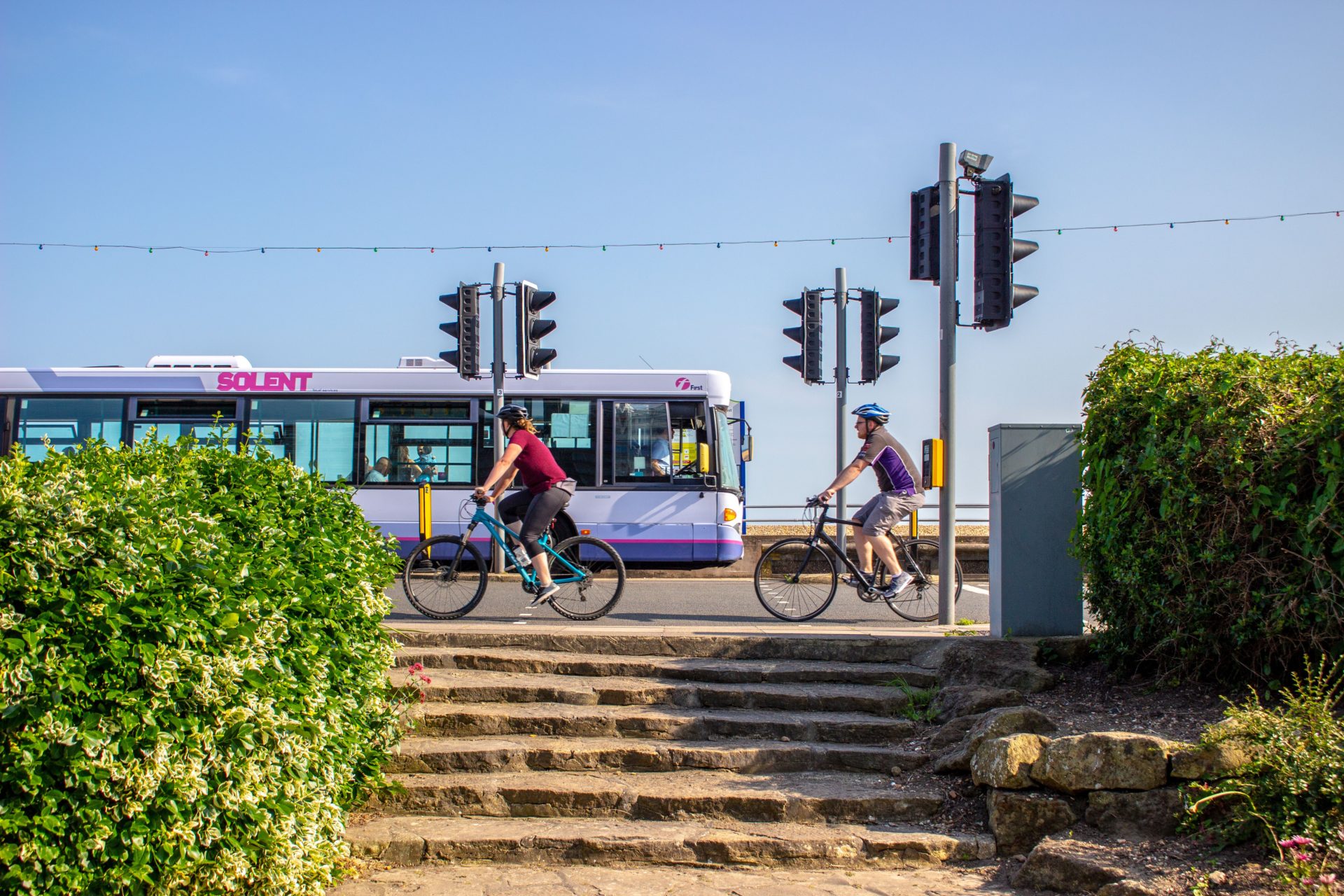By Jillian Anable and Greg Marsden
This post originally appeared on CREDS
This week the Department for Transport (DfT) is expected to publish its long-awaited Transport Decarbonisation Plan. It will detail the steps needed to bring the UK transport sector in line with climate change legislation. The absence of such a plan has contributed to transport being the only sector of the UK economy to have carbon emissions that are higher now than they were in 1990.
We are leading academics on transport and climate change, and have been responsible for producing some of the research evidence used to inform the DfT’s decarbonisation planning.
Here are six things to look out for which we see as critical if road and rail transport is to play its part in delivering rapid and deep cuts in emissions. There are many other actions that could be listed. However, if the issues set out below are not addressed in the short run then the longer-term questions about phase out dates for HGVs or electric flights will be of little consequence.
We will already have blown the budget.
1. Acknowledgement that we need to enable a future in which people can and will use their cars less, not more.
There are no future scenarios in which the UK can meet its carbon reduction milestones over the next two decades whilst car traffic is allowed to grow. This is true even if electric vehicle uptake is massively accelerated (Shifting the focus: energy demand in net-zero carbon UK). Will lessons be learned from the Covid-19 pandemic about how and where people can beneficially reduce their car use? (At a crossroads: travel adaptations during Covid-19 restrictions and where next?).
2. Abandoning plans to build more road capacity: it will be a waste of resources in the face of the necessity of lower traffic growth.
Both at a national and a local level there are still projects and programmes being advanced which are predicated on traffic growth and which will encourage a shift away from the targets we need to meet. The £27bn Road Investment Strategy 2 programme is the most significant option to cut (Witness statement, Transport Action Network vs The Secretary of State for Transport, pdf 6 pages, 213 KB).
3. Clarification of how tax will be restructured so that car use pays its full environmental costs and is not cheaper to use than public transport, or even flying.
Electric vehicles (EVs) will encourage more car use, not less as it is much cheaper per mile to use a battery electric vehicle than a petrol or diesel one (Road to zero or road to nowhere? Disrupting transport and energy in a zero carbon world). This is despite the fact that EVs incur very large infrastructure and environmental costs in the form of a charging network, roads, materials, and power stations to produce electricity to produce, drive and dispose them (The carbon impact of the national roads programme, pdf 28 pages, 1.7 MB). The upward pressure on car use will be even more acute if bus fares continue to rise seven times more than the cost of motoring as they have in the past decade (Change in the cost of travel in the last ten years).
4. A plan to ensure that taxpayers’ investments in electric vehicles aren’t undermined by the increasing share of larger and heavier petrol, diesel and even plug-in hybrid vehicles.
If more and more of the highest-polluting petrol and diesel powered SUVs and high-end cars enter the market until they are banned from sale in 2030, they will lock-in an enormous amount of fossil fuel into the transport system way in to the 2040s. Allowing some people to own larger and more polluting vehicles will result in even greater restrictions on how much cars can be used (Response to DfT Consultation – ending the sale of new petrol, diesel and hybrid cars and vans).
5. Encouragement and enablement of more lift sharing and car sharing.
Cars are only in use for 3% of an average day and have no passengers for 62% of trips. Fewer cars, not just newer cars, will be needed to cut both engine and manufacturing emissions and sharing can suit trips which public transport does not (Shared mobility – where now, where next?).
6. A framework for local authorities that: prioritises carbon reduction, clarifies the sources of carbon they are responsible for cutting; and provides the resources to enable them to act.
A strong national signal will be welcome, but a piecemeal approach to delivery which does not recognise the complementary nature of national, regional and local action will fall short (Behind the targets? The case for coherence in a multi-scalar approach to carbon action plans in the transport sector).

